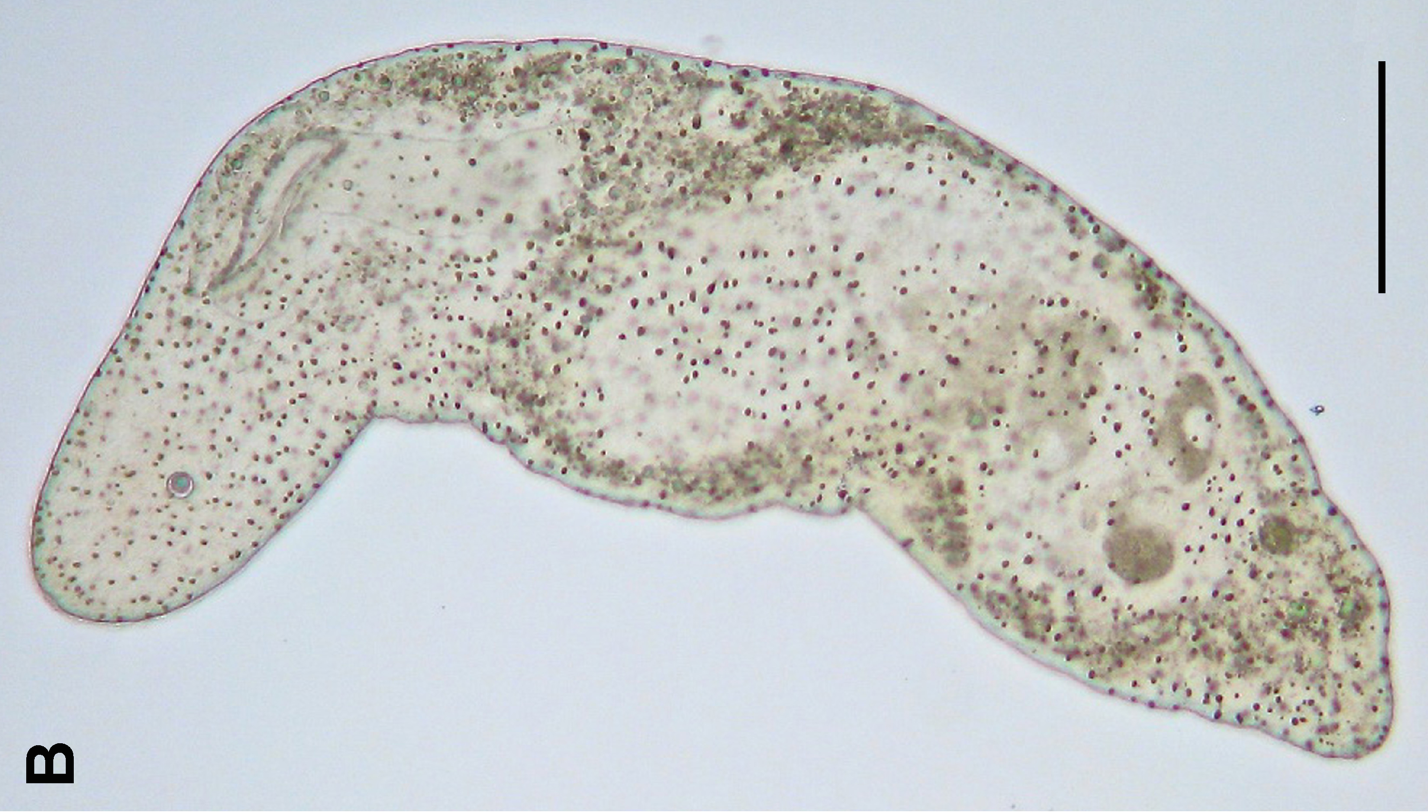|
Calocidaris ''
''Calocidaris'' is a genus of echinoderms belonging to the family Cidaridae. The species of this genus are found in Central America. Species: *''Calocidaris micans'' *''Calocidaris palmeri ''Calocidaris'' is a genus of echinoderms belonging to the family Cidaridae. The species of this genus are found in Central America. Species: *'' Calocidaris micans'' *'' Calocidaris palmeri'' References Cidaridae Cidaroida genera References Cidaridae Cidaroida genera {{echinoidea-stub ...[...More Info...] [...Related Items...] OR: [Wikipedia] [Google] [Baidu] |
Calocidaris Micans
''Calocidaris micans'' is a species of sea urchins of the family (biology), family Cidaridae. Their armour is covered with spines. ''Calocidaris micans'' was first scientifically described in 1903 by Ole Theodor Jensen Mortensen, Ole Mortensen.Kroh, A. (2010). ''Calocidaris micans'' (Mortensen, 1903). In: Kroh, A. & Mooi, R. (2010World Echinoidea Database at the World Register of Marine Species. References Animals described in 1903 Cidaridae Taxa named by Ole Theodor Jensen Mortensen {{Echinoidea-stub ... [...More Info...] [...Related Items...] OR: [Wikipedia] [Google] [Baidu] |
Calocidaris Palmeri
''Calocidaris'' is a genus of echinoderms belonging to the family Cidaridae. The species of this genus are found in Central America. Species: *'' Calocidaris micans'' *'' Calocidaris palmeri'' References Cidaridae Cidaroida genera {{echinoidea-stub ... [...More Info...] [...Related Items...] OR: [Wikipedia] [Google] [Baidu] |
Cidaridae
Cidaridae is a family of sea urchins in the order Cidaroida. Description and characteristics Cidarid sea urchins are characterized by their stout skeleton : the test is thick and hard, with massive perforated tubercles (never crenulated) surrounded by a crown of secondary tubercles, but no primary tubercles in the interambulacra regions. These tubercles hold massive spines, thick, strong and often very long, and showing sometimes odd shapes (thorny spines, fans, clubs, Christmas trees...). The order Cidaroida is the basalmost of current sea urchins, and most of the species included in this family are abyssal, even if a handful of species remain quite common in tropical shallow waters, like '' Eucidaris'' or '' Phyllacanthus''. Genera According to the World Register of Marine Species (WoRMS), the following genera are included in this family * Subfamily '' Cidarinae'' (Mortensen, 1928a) ** Genus '' Calocidaris'' (H.L. Clark, 1907) ** Genus '' Centrocidaris'' (A. Agassiz, 1904 ... [...More Info...] [...Related Items...] OR: [Wikipedia] [Google] [Baidu] |
Echinoderm
An echinoderm () is any member of the phylum Echinodermata (). The adults are recognisable by their (usually five-point) radial symmetry, and include starfish, brittle stars, sea urchins, sand dollars, and sea cucumbers, as well as the sea lilies or "stone lilies". Adult echinoderms are found on the sea bed at every ocean depth, from the intertidal zone to the abyssal zone. The phylum contains about 7,000 living species, making it the second-largest grouping of deuterostomes, after the chordates. Echinoderms are the largest entirely marine phylum. The first definitive echinoderms appeared near the start of the Cambrian. The echinoderms are important both ecologically and geologically. Ecologically, there are few other groupings so abundant in the biotic desert of the deep sea, as well as shallower oceans. Most echinoderms are able to reproduce asexually and regenerate tissue, organs, and limbs; in some cases, they can undergo complete regeneration from a single limb. ... [...More Info...] [...Related Items...] OR: [Wikipedia] [Google] [Baidu] |
